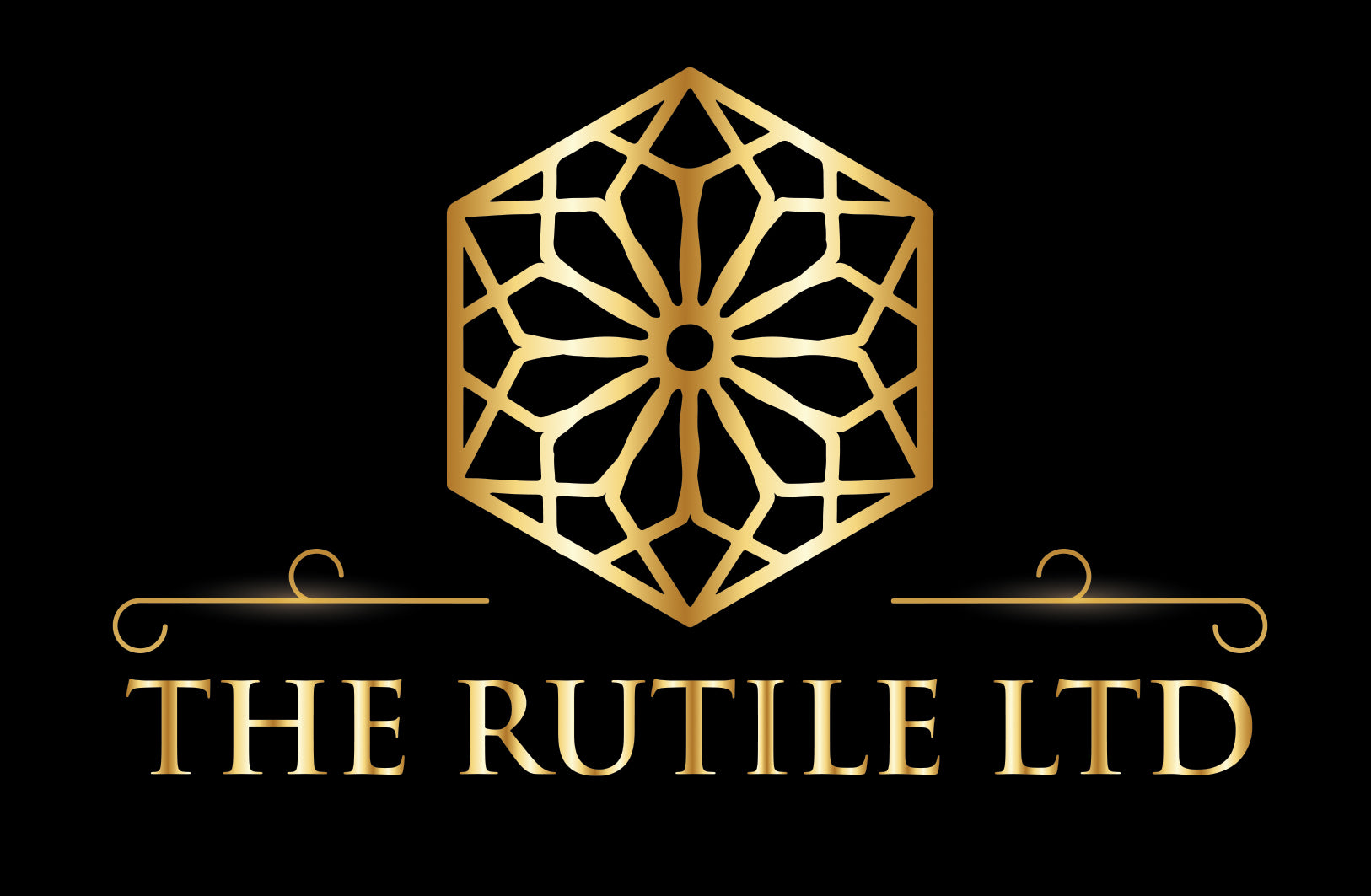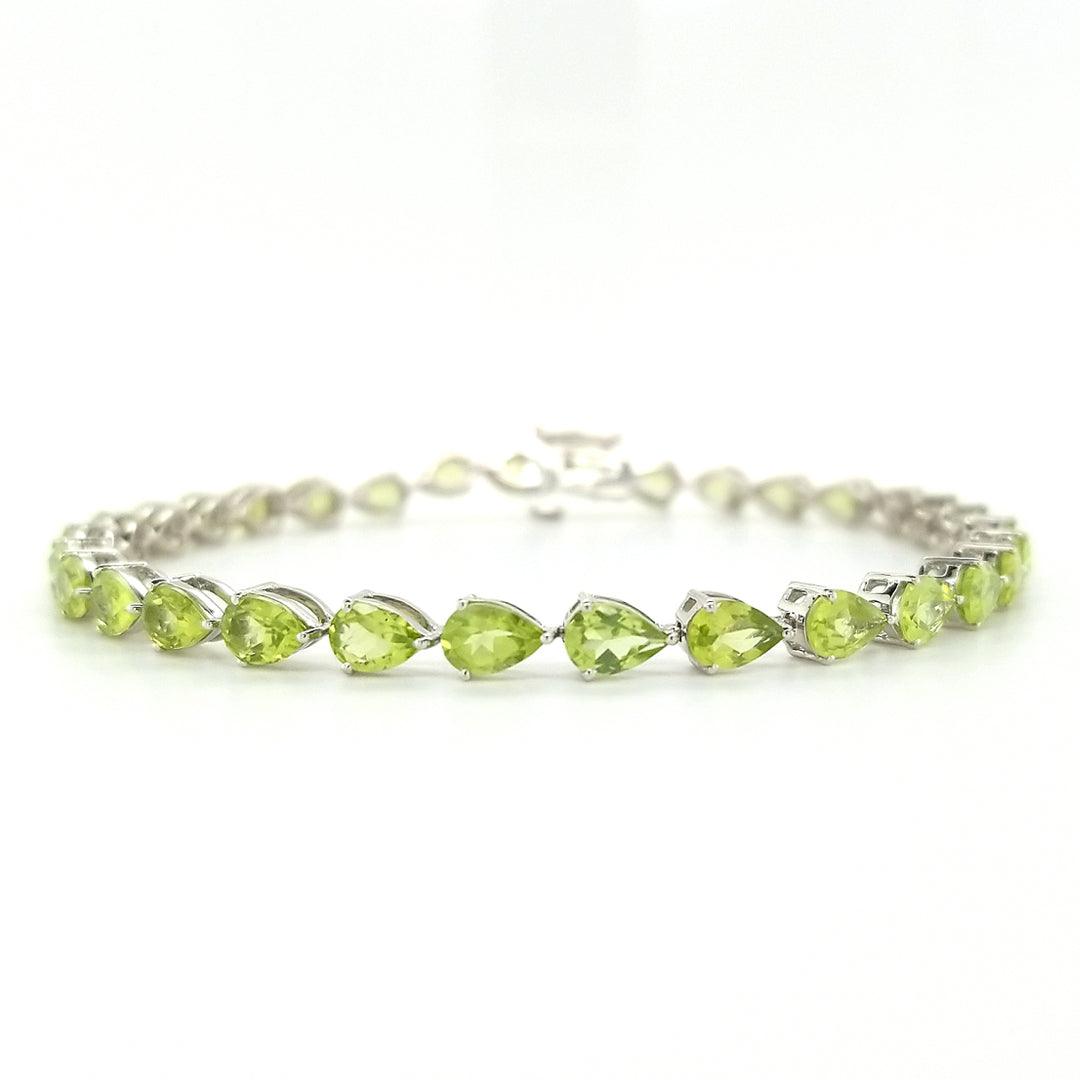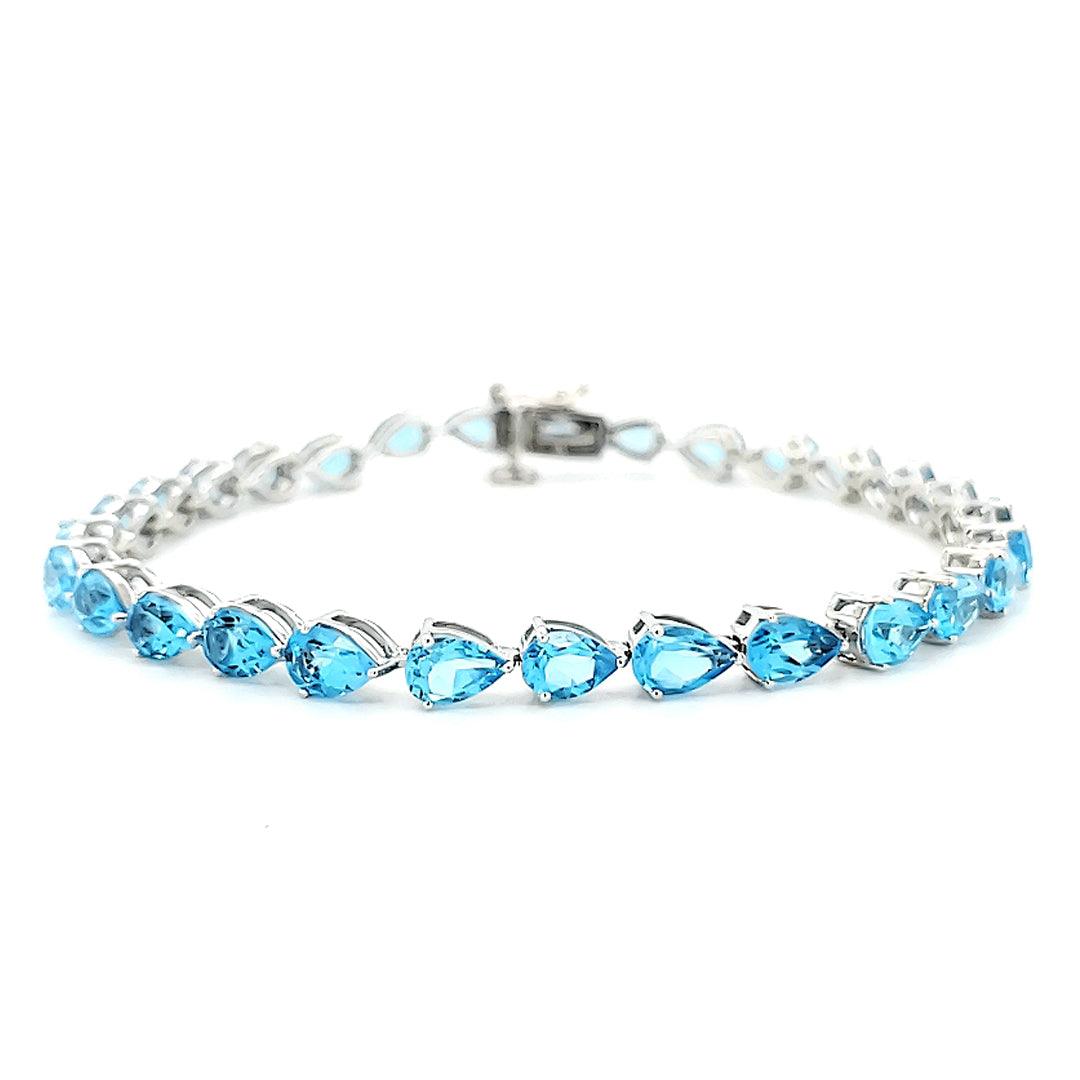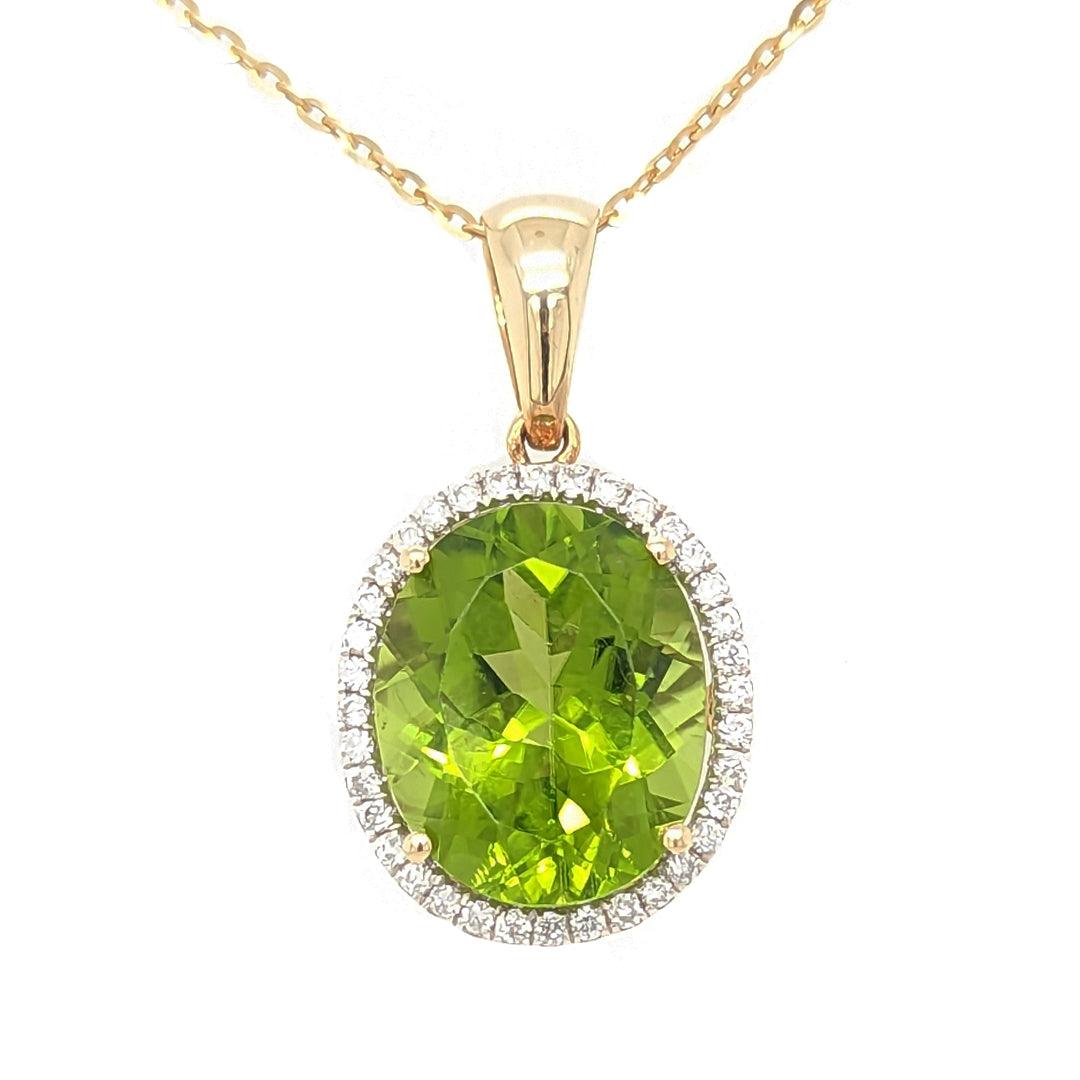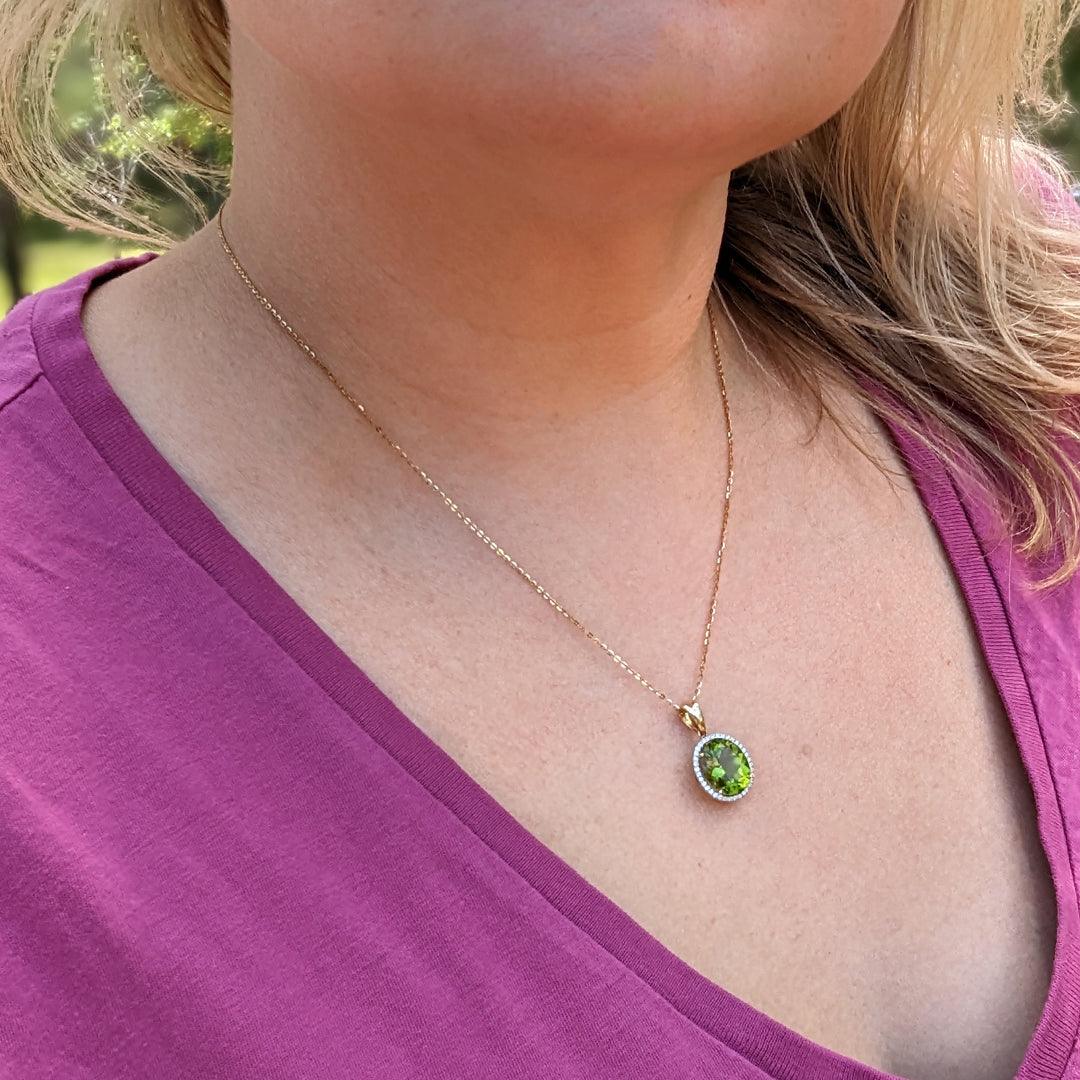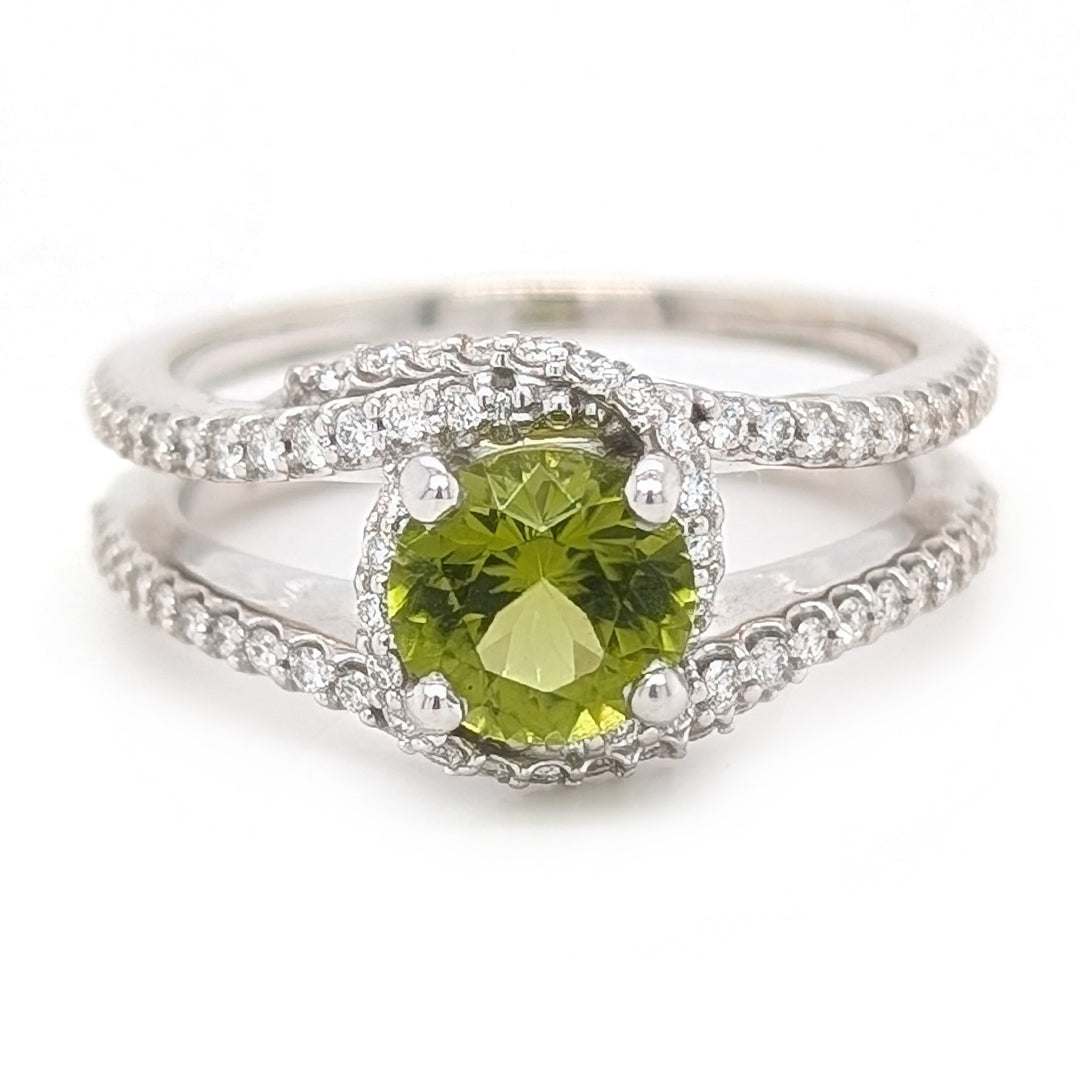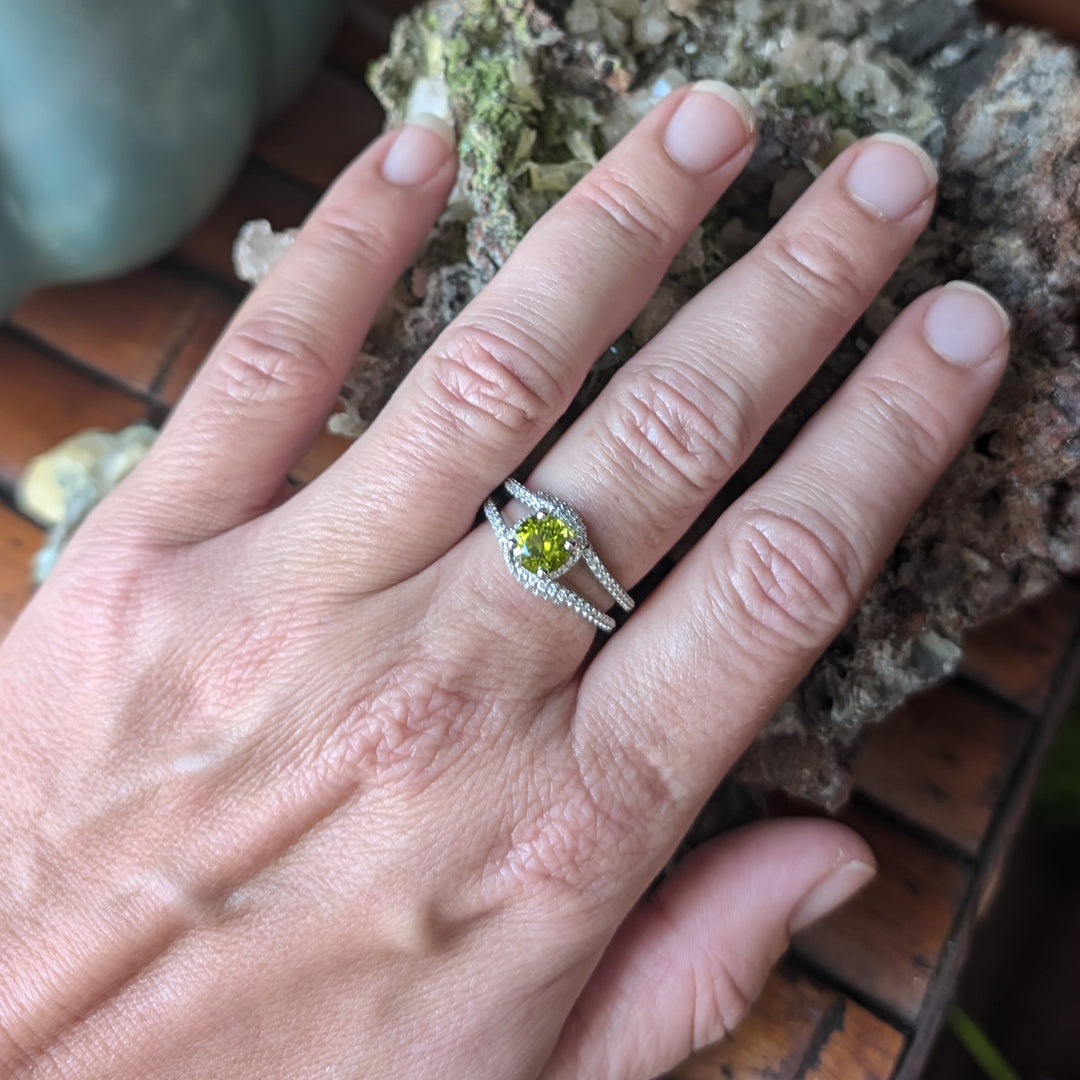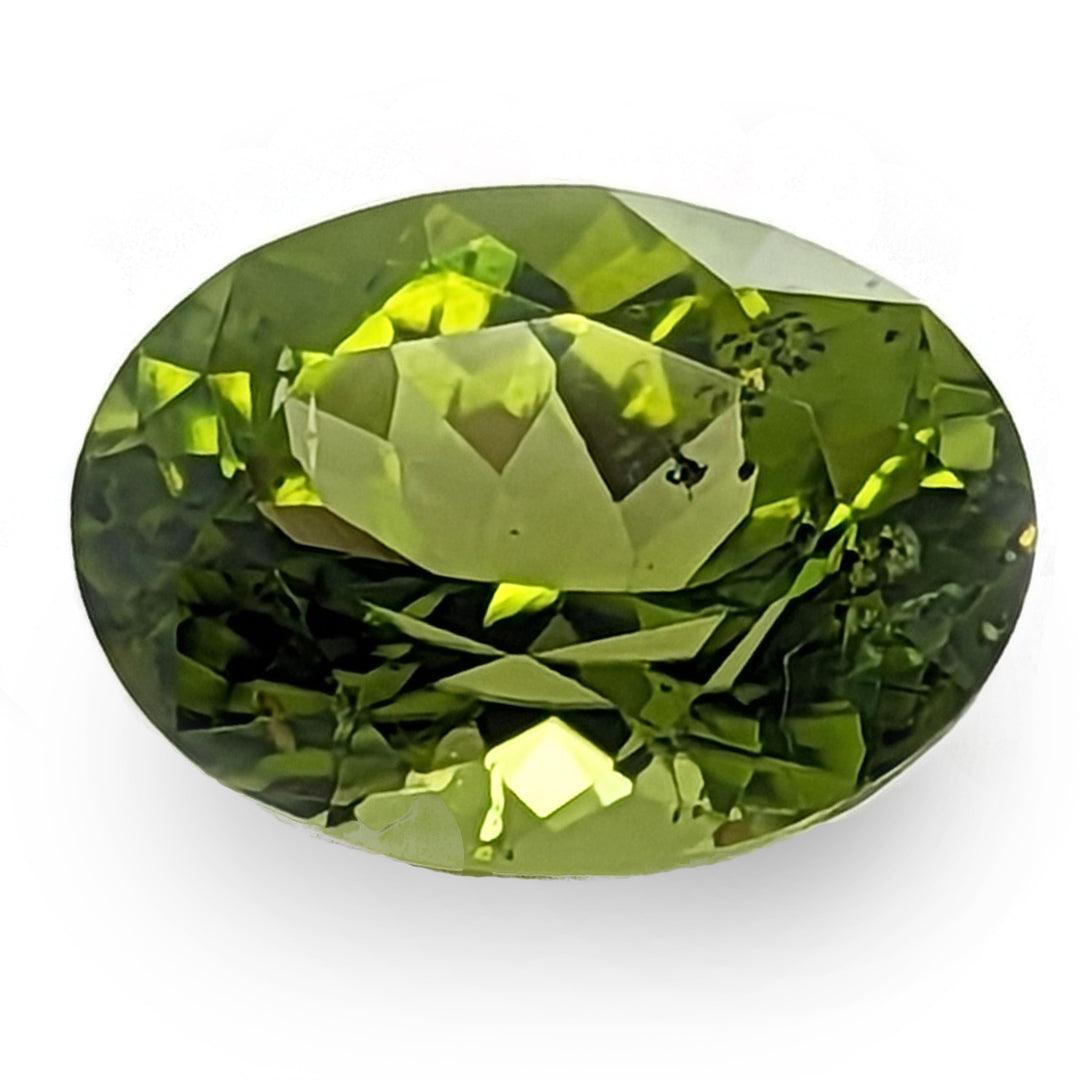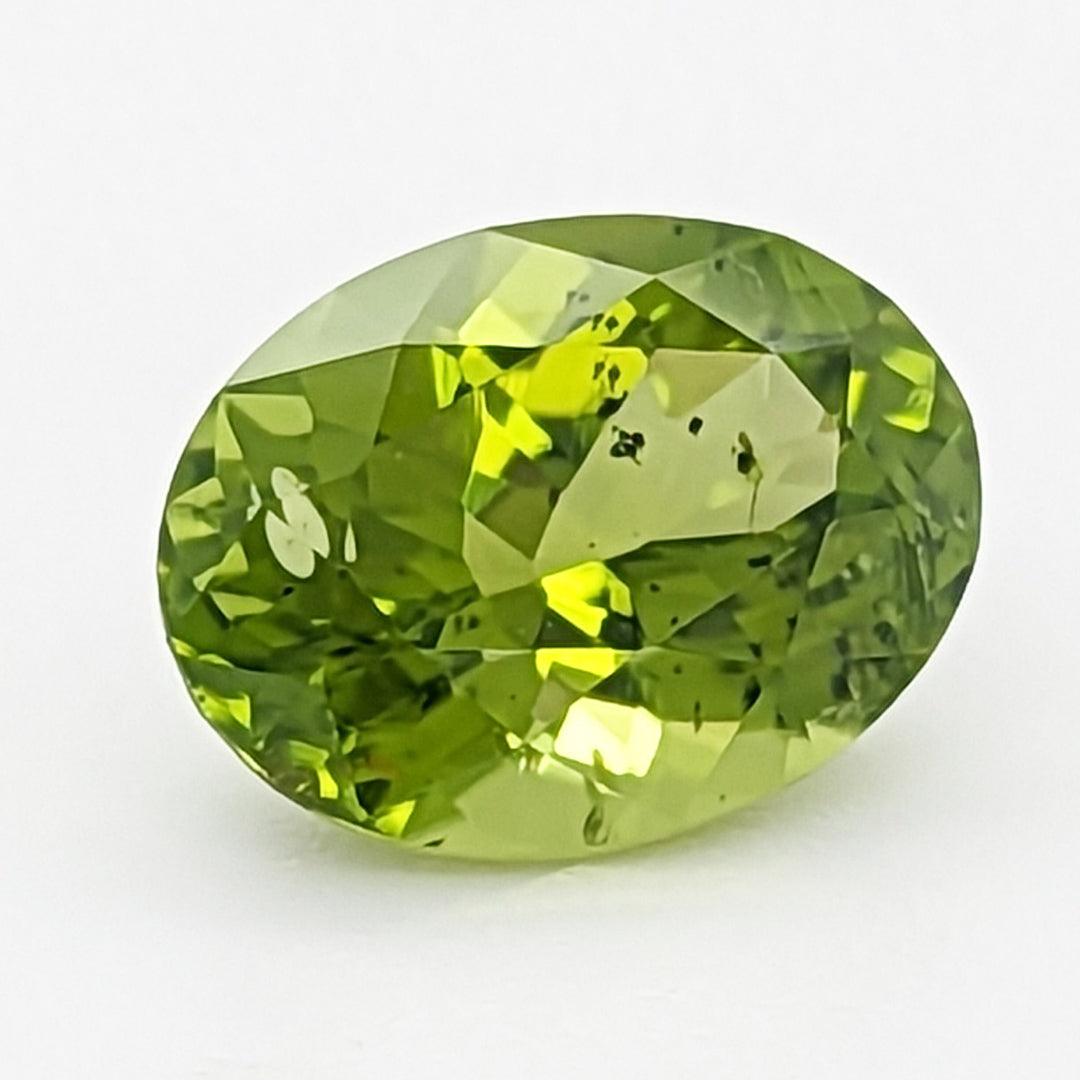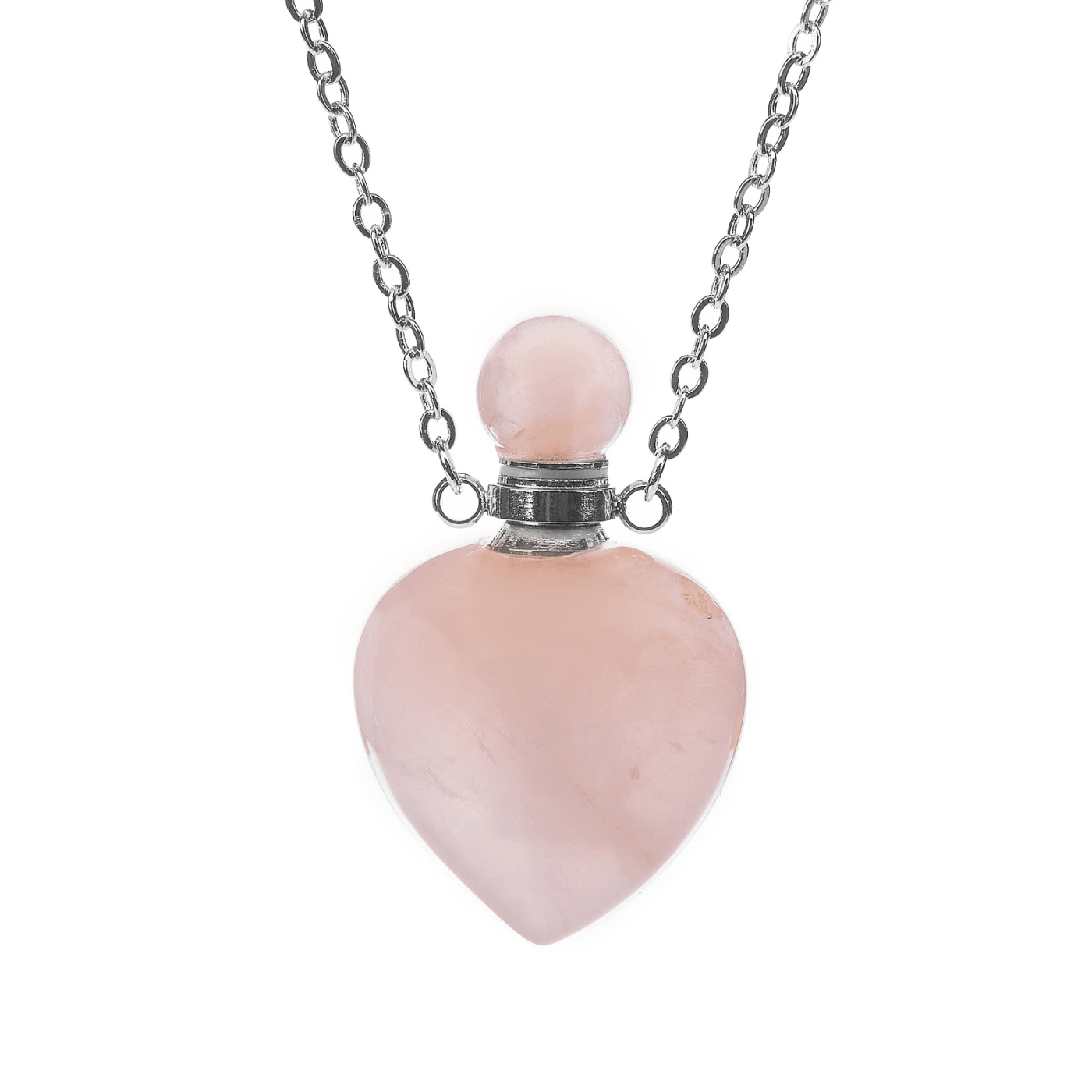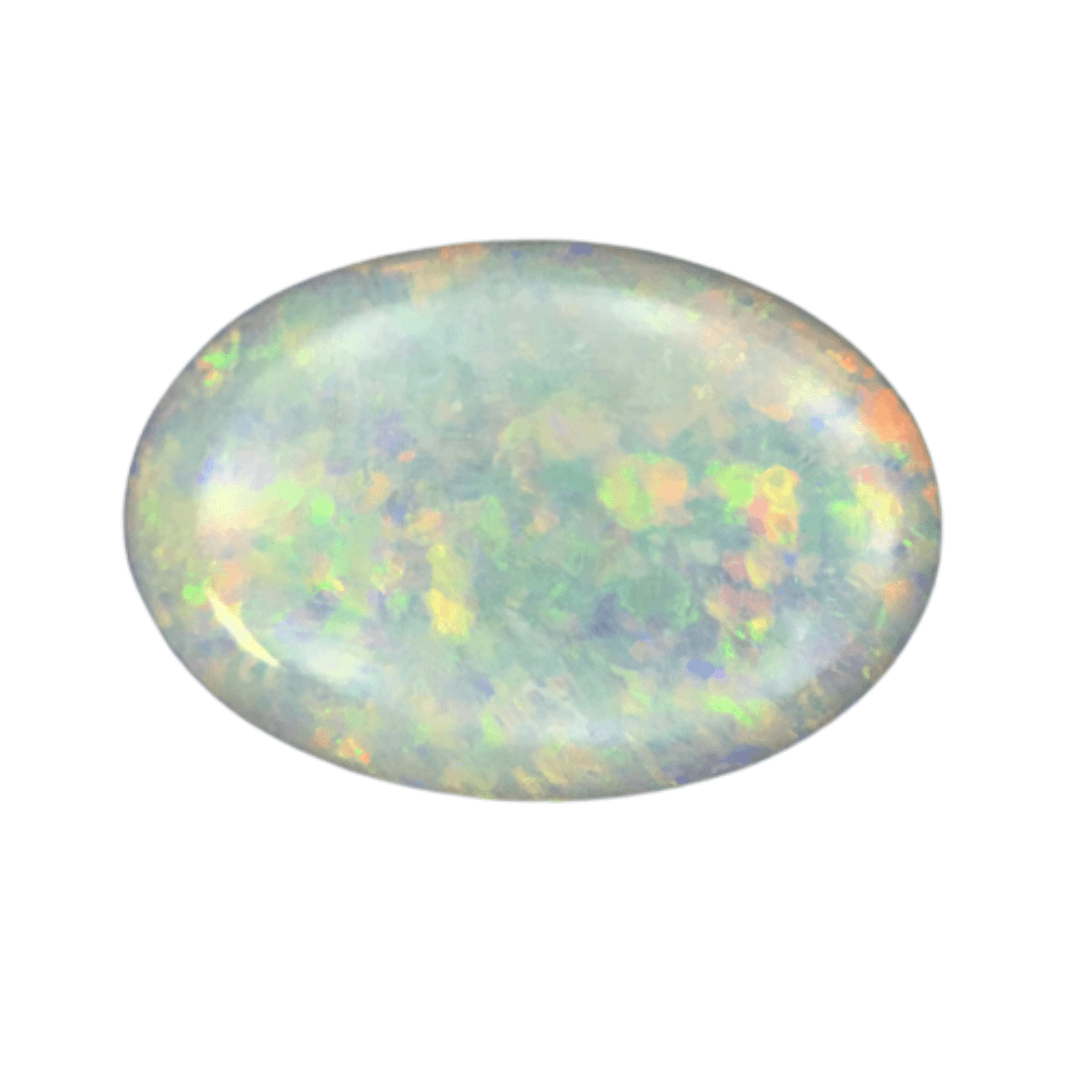Metaphysical
Peridot’s deep green color vibrates at the same frequency as that of Universal Love. Peridot allows for the body and mind to remain open and receptive to Universal healing frequencies by removing blockages to receiving. Peridot helps with physical alignment, quieting any sort of spiritual fears or self-worth issues. Peridot is a gemstone of abundance and prosperity and can be used to bring in new wealth and health to the wearer. Peridot attunes one to Nature and anything revolving around the Earth and can be beneficial to people who feel not at home in their body or environment. Peridot’s bright green hues are special and have been viewed as the symbol of the sun since ancient times. It can bring joy to this physical existence as well as an increase in well-being. It can be physically beneficial and strengthen the heart and blood. Peridot is psychologically uplifting and physically grounding. It has been worn as a protection against evil spirits and to stimulate self-confidence. Peridot realigns us with our self-worth and can be beneficial to those who feel a little lost. Peridot activates the third and fourth chakras, promoting a love for self and a love for all, allowing us to feel wholesome and purposeful in our Earthly existence. A magical gemstone whose tumultuous journey inside the Earth represents its pure strength. Peridot will bring happiness in a realistic, grounded sense and prosperity and abundance in Earthly endeavors.
CHAKRA
- 3rd - Solar Plexus - Manipura
- 4th - Heart - Anahata
ELEMENT
PARTNER STONES
Moldavite, Tsavorite Garnet, African Green Garnet, Rose Quartz, Ruby, Phenacite, Emerald, Black Tourmaline, Serpentine, Moss Agate



